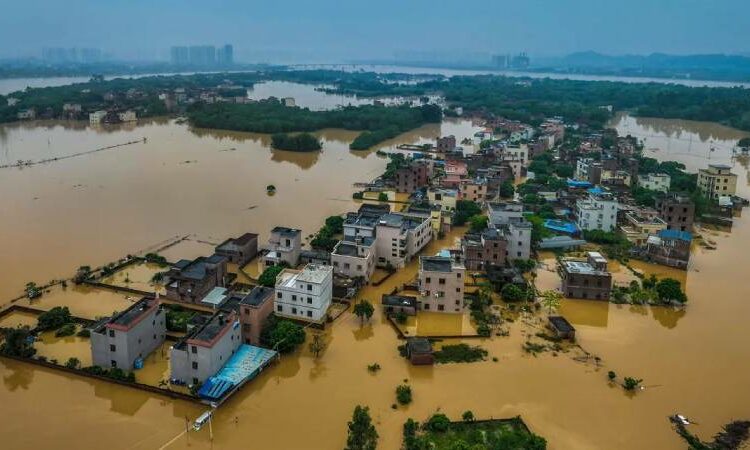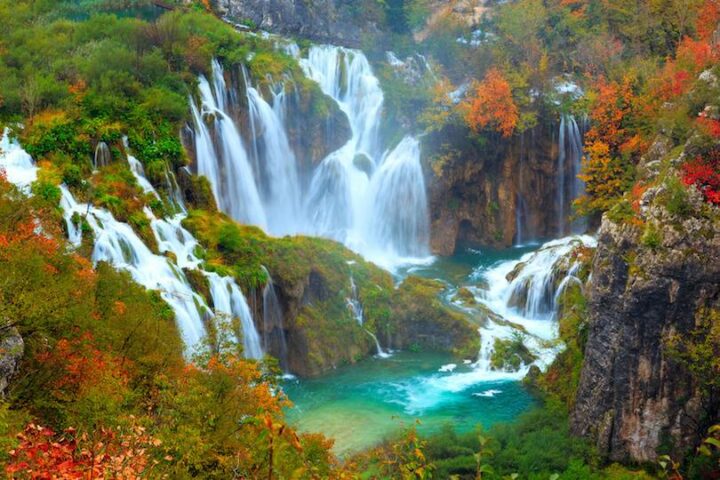No other region in the world experiences more climate, weather and water disasters than Asia, according to a new report. The World Meteorological Organization (WMO) today released its 2023 Asia Climate Situation Report, noting that risks are only increasing.
From heat waves to floods and storms, climate change is exacerbating all kinds of disasters around the world. But the problem is particularly acute in Asia, where greenhouse gas emissions from fossil fuels are warming the world faster than the global average.
“Climate change exacerbated the frequency and severity of such events, profoundly impacting societies, economies, and, most importantly, human lives and the environment that we live in,” WMO Secretary-General Andrea Celeste Saulo said in a press release. “The report’s conclusions are sobering.”
Many countries in the region set temperature records last year, not surprising given that it was also the hottest year on Earth. A severe heat wave spread across China, South Asia and Southeast Asia, affecting at least a third of the world’s population last year. A heatwave that lasted from April to June killed at least 110 people in India alone, and deaths from heatstroke are often underestimated.
In 2023, there were 79 water disasters in Asia. Most of the damage was caused by floods and storms, which affected a total of 9 million people in the region and killed at least 2,000.
In a warming world, the amount of moisture in the air increases as evaporation increases. This could lead to more heavy downpours. Tropical cyclones may also absorb more energy in the form of heat from the warming oceans. According to a WMO report, sea surface temperatures reached record highs across Asia last year. And as glaciers melt and oceans expand, rising sea levels make coastal areas more vulnerable to flooding.
At least 600 people were killed in extreme floods and storms in India, Pakistan and Nepal between June and August last year. At least 156 people have lost their lives to Super Severe Cyclone Storm Mocha, the strongest tropical cyclone to form in the Bay of Bengal in the past decade.
Many more people could have died in Moka’s wrath if early warning systems had not been in place, said Armida Sarcia Arishabana, executive director of the Economic and Social Commission for Asia and the Pacific. “Thousands of lives have been saved by being better prepared,” Alishabana said in a press release. The United Nations aims to ensure that everyone in the world receives early warning of catastrophic weather events by the end of 2027.
Climate campaigner Harjeet Singh told The Verge in a statement that “developing countries in Asia bear the brunt of climate-related adversities without adequate means to combat foreseeable disasters and the worsening impacts of climate change.” “International solidarity and financial support from wealthier nations are imperative to empower these countries to build resilience and respond effectively to inequitable climate impacts.”
- Cougars Coach Kelvin Sampson Chases 800th Career Victory in NCAA Finals - April 8, 2025
- How to Check IIT GATE 2025 Results Online? Complete Guide - March 19, 2025
- Deadmau5 Sells Song Catalog for $55M to Launch New Music Venture - March 6, 2025








